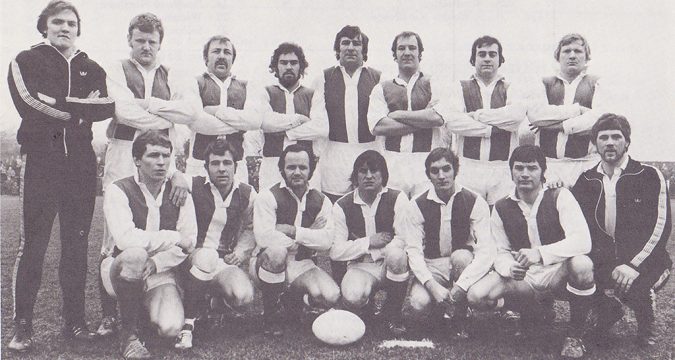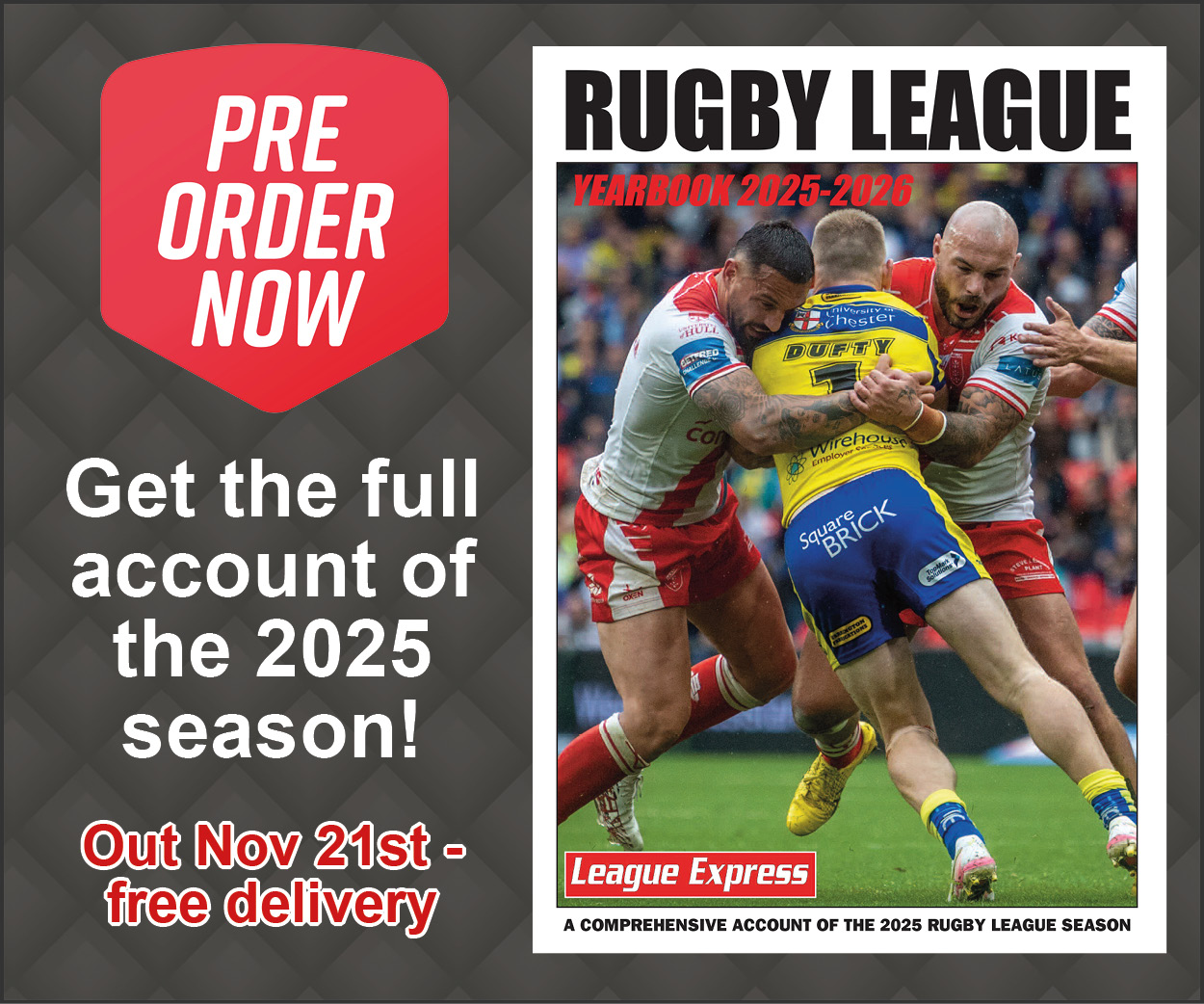 Take a trip back to the seventies, when Keighley were in the top flight and cup fever gripped the fans.
IT’S been a lean few years down Lawkholme Lane.
Hopes were high among the Keighley faithful when Rhys Lovegrove's side were promoted from League One in 2022 as runaway champions, winning all 20 matches.
But second-tier status lasted only
Take a trip back to the seventies, when Keighley were in the top flight and cup fever gripped the fans.
IT’S been a lean few years down Lawkholme Lane.
Hopes were high among the Keighley faithful when Rhys Lovegrove's side were promoted from League One in 2022 as runaway champions, winning all 20 matches.
But second-tier status lasted only Time Machine: When Keighley’s 1970s vintage took on the best
 Take a trip back to the seventies, when Keighley were in the top flight and cup fever gripped the fans.
IT’S been a lean few years down Lawkholme Lane.
Hopes were high among the Keighley faithful when Rhys Lovegrove's side were promoted from League One in 2022 as runaway champions, winning all 20 matches.
But second-tier status lasted only
Take a trip back to the seventies, when Keighley were in the top flight and cup fever gripped the fans.
IT’S been a lean few years down Lawkholme Lane.
Hopes were high among the Keighley faithful when Rhys Lovegrove's side were promoted from League One in 2022 as runaway champions, winning all 20 matches.
But second-tier status lasted only 
